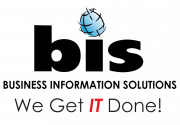To the surprise of many business owners, banks often cannot reclaim money stolen from accounts due to fraud or cyber crime. That means when a hacker, phishing attack or identity thief strikes, they have no chance of getting that money back. Business owners would also do well to remember that the FDIC is not a fraud fighter. The FDIC insurance is to protect against bank failure, NOT fraud. So if a debit card or account information gets accessed by a hacker and it isn’t noticed within the same day, that money is as good as gone.
To ensure that this financial fate doesn’t fall upon your company, here are FIVE essential rules to protect your business.
1. Mums the Word on Passwords. This is a simple but often overlooked precaution. Make sure that you and your employees change passwords on a regular schedule. Don’t use the same password for multiple accounts. And be sure that all passwords are complex.
2. A Firewall Can Keep You From Getting Burned. Don’t assume because you are a small business, hackers will just pass you by to hit up the big guys. Your network is at just as much risk as any business. The truth is, hackers attack the easiest prey, and without a firewall, that prey is YOUR BUSINESS.
3. Use a “SAFE” computer. Banks store money in safes/vaults, and you should do the same with your digital financial information. Designate a single computer to use for your online financial transactions. That means this computer is for bank uses and only bank uses (NO email, web surfing, Facebook or other social media).
4. Schedule a daily data backup. Always be sure to backup your computer network and files. Systems, such as cloud based technology, offer regular offsite backups for your network. If it can be stolen or corrupted, you want to be sure you have a spare.
5. Knowledge is power. Educated employees can be one of your best defenses. They can also be your weakest link if you aren’t prepared. Be sure that your entire staff is educated on the DO’s and DON’Ts of network and data security.










